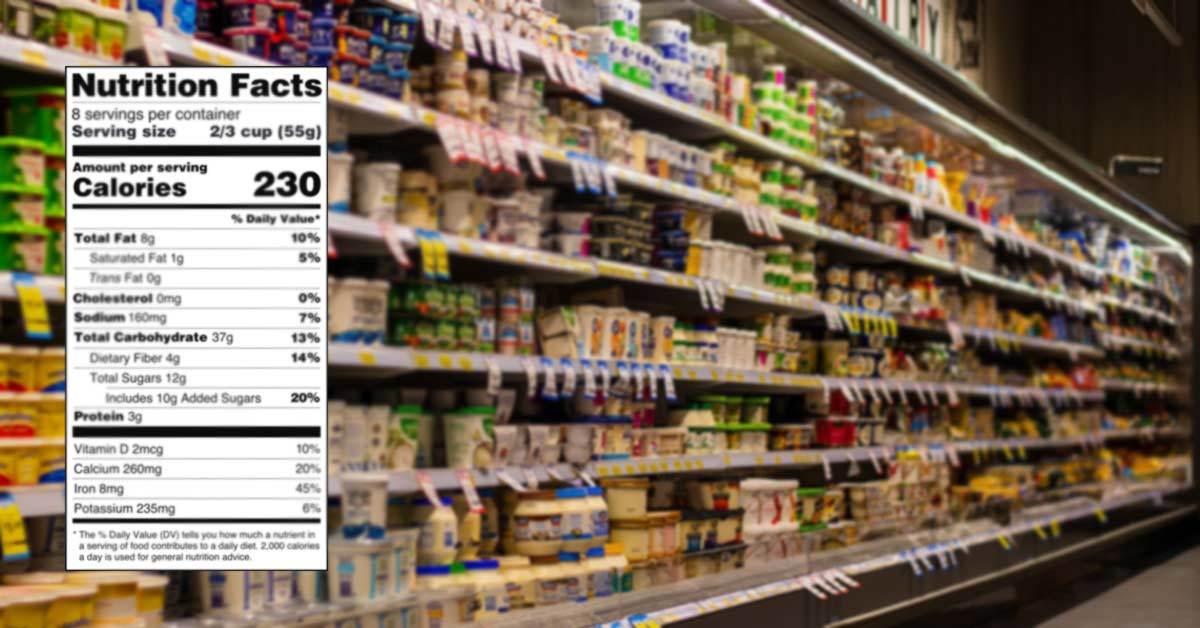How to Read Nutrition Labels to Make Better Decisions When Buying Food

Nowadays, we must say that we as consumers are more and more informed and aware of the things we fill our plate with. That’s why companies have to work harder and be better than ever.
Whenever we’re at the store what we try to do if we want to eat healthily, is that we try to read the Nutrition Facts label.
You see, this label was made to provide the consumer insight into what is included in the food. It gives from how much fiber and sodium are to how many servings are there.
Knowing that info can help us track macronutrients, and ensure that we are getting enough minerals and vitamins in our diet. Also, it is good for those people with chronic conditions since it can help them manage their conditions.
With nutrition, it is best to consult a healthcare provider about portion size and how much sugar you should include daily. When it comes to reading nutrition labels, most people don’t know how to read them, which is okay.
But it’s important to learn especially if you want to make better nutrition decisions when buying food. As a matter of fact, some easy tricks can help people read labels. Read on to find out more.
#How Many Servings is in That?
People usually get confused between the portion size of food, servings per container and the serving size. You should know that:
Serving per Container
Is the total amount of servings per one container.
Serving Size
It’s the portion or size of the product which equates to the amount of the nutrients. Bear in mind that all the info given in the label is according to the serving size that is listed.
Portion Size
This is something which you cannot find on the Nutrition Facts label. You see, this is different for everyone according to their one-of-a-kind health needs and goals.
The recommended portion size for each might not be the same as the serving size found on the product.
Once you know the serving size of the product, you should think what it means as a whole. To be more precise, as an example let’s use pasta – one bag of it.
Imagine you have a bag of pasta and its serving size is one cup of pasta. Then the nutrition info found below the serving size; this includes carbs, fiber, fats, sugars, protein, only applies to that one cup.
Serving sizes may be adjusted in order to meet certain weight and health goals. For instance, those who want to gain weight will need to raise their portion size, meaning increase serving size.
If you raise the serving size to 2 cups, all the nutrition info will double.
#Look for Fiber
Fiber is essential. Consuming enough fiber per day is important. The recommended daily intake of fiber depends on calorie intake, gender, and age. However, the National Academy of Sciences has some general guidelines.
For people under 50:
- 25 g – women
- 38 g – men
For people over 50:
- 21 g – women
- 30 g – men
People should aim for foods which contain higher fiber amount, per serving it should contain at least 5 grams.
#Know Sugars
Generally speaking, the total daily intake of added sugar should be low. People should know the difference between added sugars and total sugars.
Added sugars – refers to the amount of sugar added during the making of the food product.
Total sugars – refers to the total amount of sugars in sugars in a product both added and naturally occurring such as sugars in milk and fruit.
Added sugars can have:
- Brown rice syrup
- High-fructose corn syrup
- Concentrated fruit or vegetable juices
- Table sugar
- Maple syrup
- Honey
According to the American Heart Association men should take no more than 36 g, and women no more than 24 g of added sugar per daily basis. That is for men is 150 calories or 9 tsp of sugar and for women is 100 calories or 6 tsp of sugar.
This varies based on the individuals and their needs. So, it’s essential to know to read labels since that can help people get the needed nutrients.
That is how people can have control over their well-being and health.


